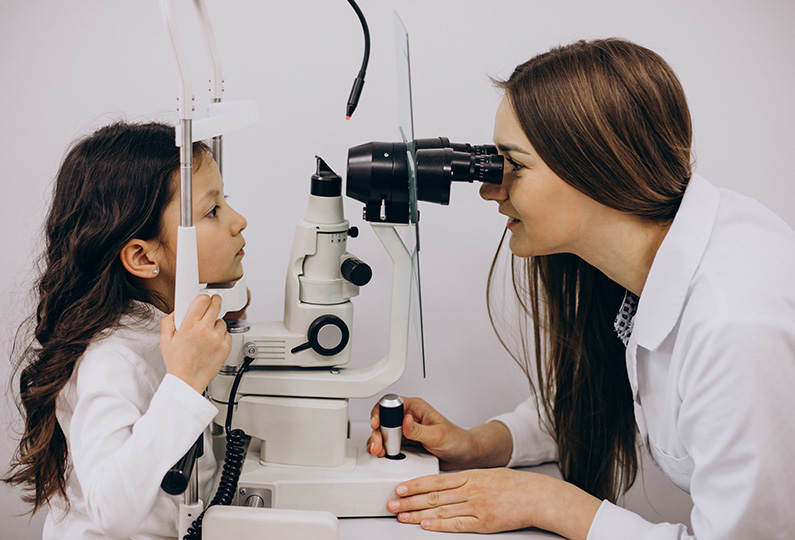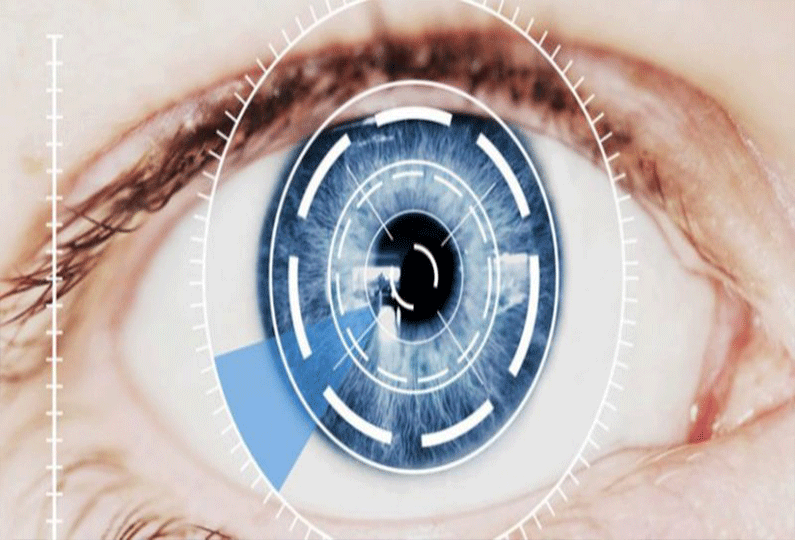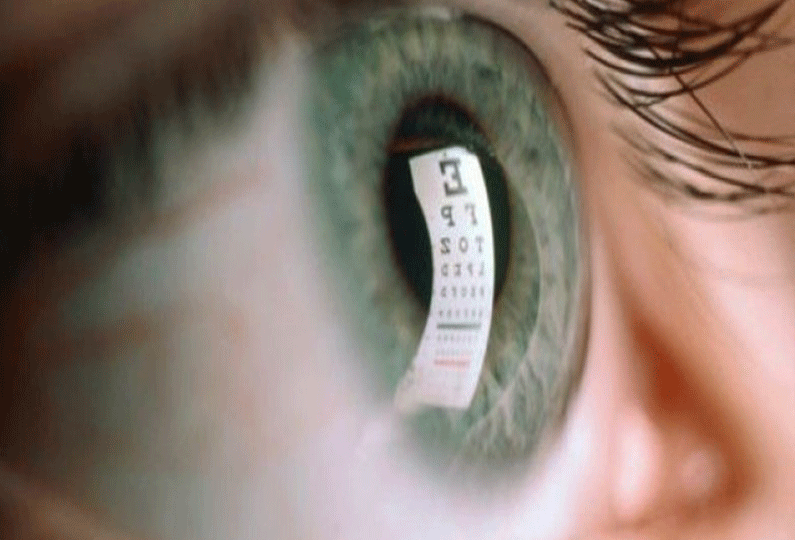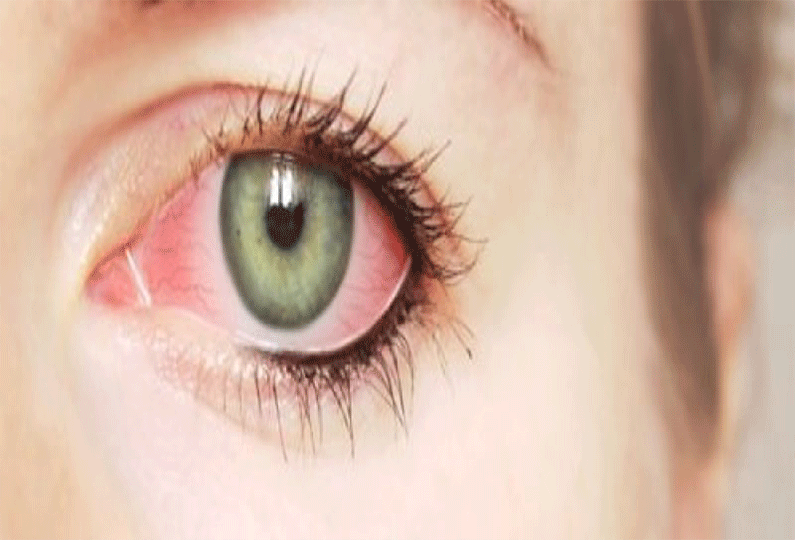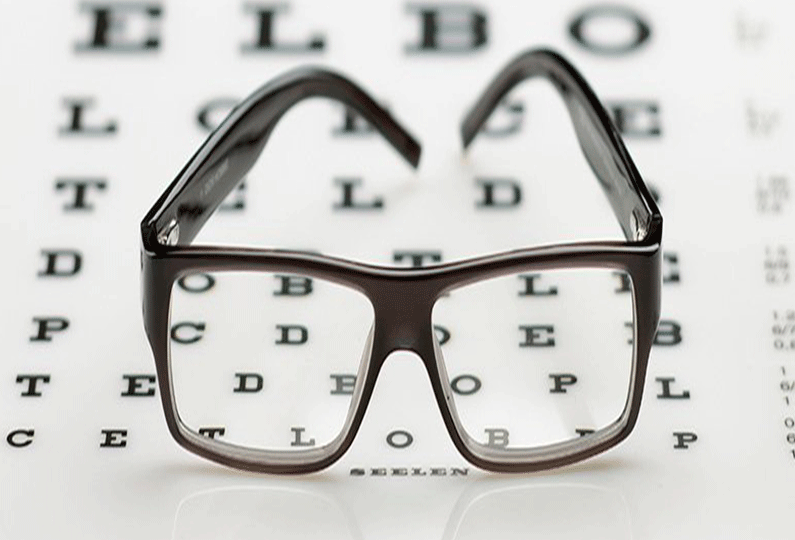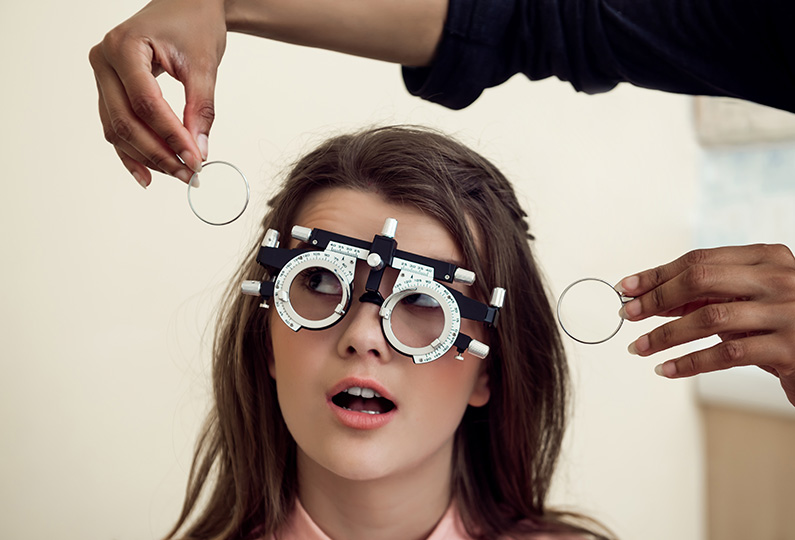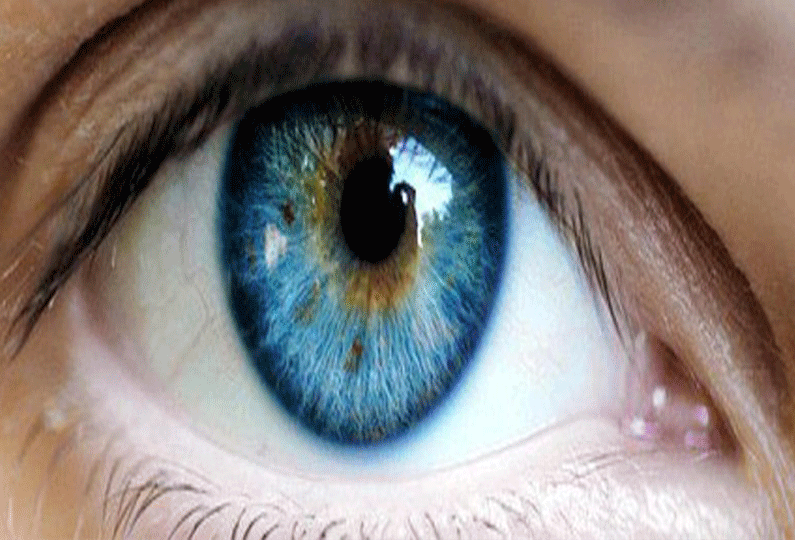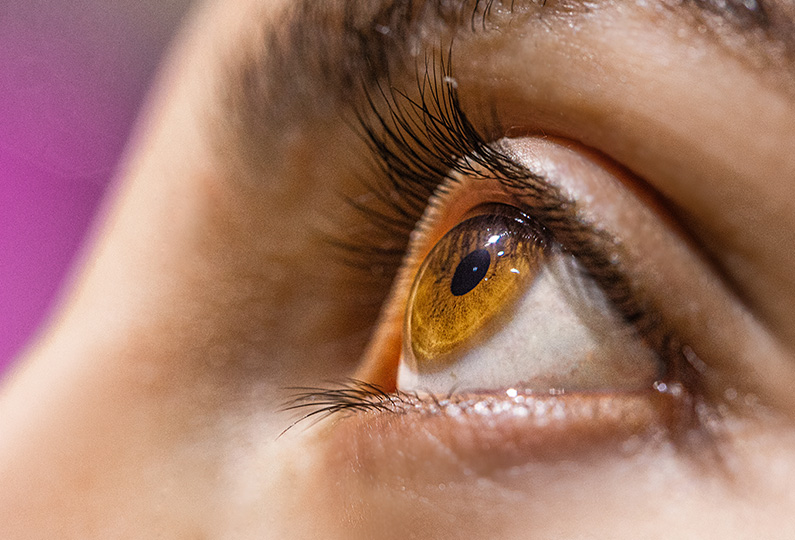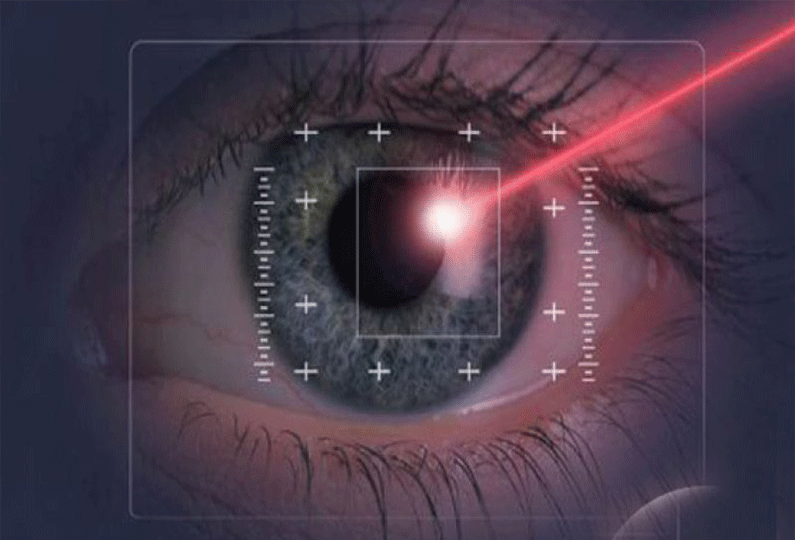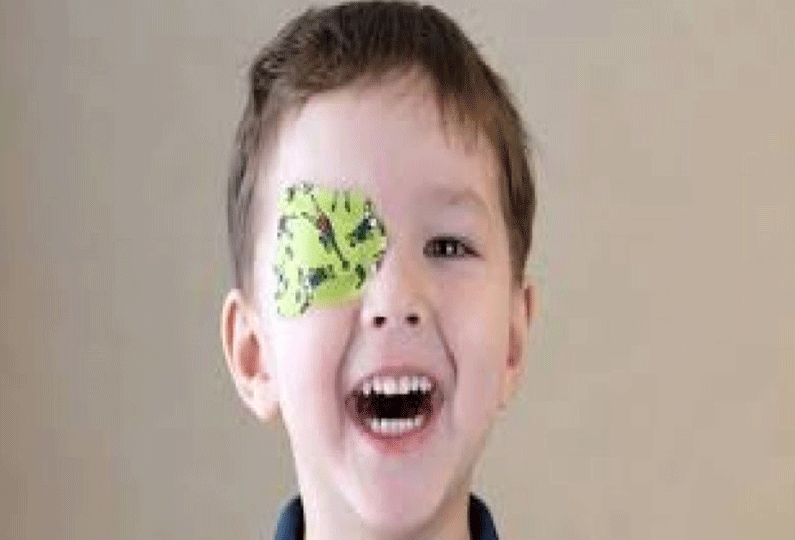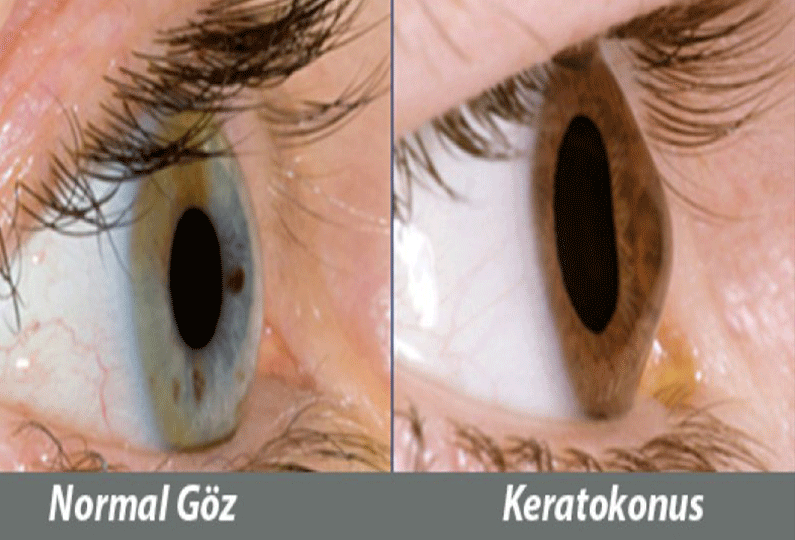Child Eye Health
Child Eye Health
Occasional eye shifts in babies in the first 3 months are normal. Subsequent shifts should be evaluated by an ophthalmologist. Sometimes shifts can be more than just a simple strabismus. If one eye is constantly shifted, it is a sign that vision is less in that eye and it is important. Congenital muscle paralysis may also be present. Paralysis of the nerves coming from the brain to the muscles that move the eye can be seen. If the size of the bone socket (orbita) in which the eye is located is different, this may cause disturbances in the movements of the eye. Sometimes, structurally, some muscles of the eye do not work properly and eye movement disorders may occur. Sometimes anomalies can be seen due to problems during pregnancy. Tremors (nystagmus) may be seen in the eye due to the weakness of the optic nerves due to low vision. The tremors may improve over time or may be permanent. In treatment, good rehabilitation is necessary for babies with low vision. Eye movement disorders can be corrected with glasses, orthoptic treatments and surgical methods. Head positions may develop in the baby due to eye movement disorders, the baby may tilt his/her head while looking straight ahead and develop a head position with his/her chin up or down. This condition is sometimes thought to be an orthopedic problem and an eye examination is absolutely necessary in such babies. As a result, for the eye health of children in the 06 age group, regular eye examinations should be performed immediately after birth, when the child is 6 months old, before starting school and during school for eye health.
